
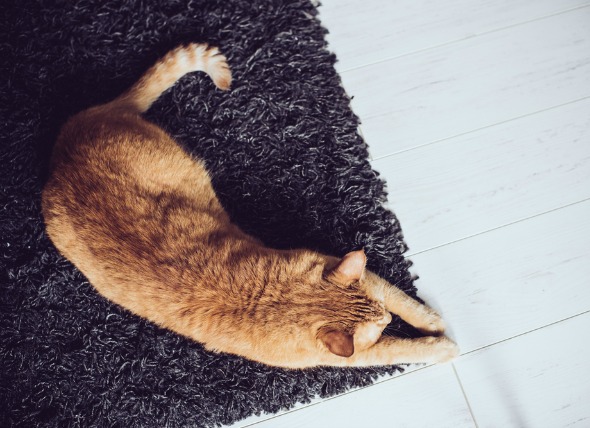
There are three clinical types of ataxia: sensory (proprioceptive), vestibular, and cerebellar. All three types produce changes in limb coordination, but vestibular and cerebellar ataxia also produce changes in head and neck movement. Ataxia, in general, is a condition relating to a sensory dysfunction that produces loss of coordination of the limbs, head, and/or trunk.
Sensory (proprioceptive) ataxia occurs when the spinal cord is slowly compressed. A typical outward symptom of sensory ataxia is misplacing the feet, accompanied by a progressive weakness as the disease advances. Sensory ataxia can occur with spinal cord, brain stem (the lower part of the brain near the neck), and cerebral locations of lesions.
The vestibulocochlear nerve carries information concerning balance from the inner ear to the brain. Damage to the vestibulocochlear nerve can cause changes in head and neck position, as the affected animal may feel a false sense of movement, or may be having problems with hearing. Outward symptoms include leaning, tipping, falling, or even rolling over. Central vestibular signs usually have changing types of eye movements, sensory deficits, weakness in the legs (all or one sided), multiple cranial nerve signs, and drowsiness, stupor, or coma. Peripheral vestibular signs do not include changes in mental status, vertical eye movements, sensory deficits, or weakness in the legs.
Cerebellar ataxia is reflected in uncoordinated motor activity of the limbs, head and neck, taking large steps, stepping oddly, head tremors, body tremors and swaying of the torso. There is an inadequacy in the performance of motor activity and in strength preservation.
You will need to give your veterinarian a thorough history of your cat's health, onset of symptoms, and possible incidents that might have preceded this condition. Your veterinarian will order standard tests, including a blood chemical profile, a complete blood count, a urinalysis and an electrolyte panel.
Imaging is crucial for determining whether the disease is localized to the peripheral vestibular system, the spinal cord, or the cerebellum. Computed tomography (CT), magnetic resonance imaging (MRI), myelography and spinal X-rays can all be useful diagnostic tools for non-invasive internal examinations. Chest and abdominal X-rays are also important for determining if cancer or systemic fungal infection is present. An abdominal ultrasound should be done to check liver, kidney, adrenal or pancreatic functions.
If the source of the disease is suspected to be in the nervous system, a sample of cerebrospinal fluid (CSF) will be taken for laboratory analysis.
Patients may usually be treated on an outpatient basis unless the ataxia is severe or the cause of the ataxia is of a life threatening nature. Avoid giving any drugs to your cat without first consulting with your veterinarian, as many drugs can either contribute to the problem or disguise the underlying condition that is causing it. Treatment will be based on the underlying cause of the disease.
Decrease or restrict your cat's movement if your veterinarian suspects spinal cord disease. Even without a diagnosis of spinal cord disease, you may want to consider cage rest if you cannot restrict your cat's movements. This may be of particular importance in regards to cats that are climbers, as they may fall and injure themselves further. Be sure to monitor your cat's gait for increasing dysfunction or weakness; if it worsens, contact your veterinarian immediately.
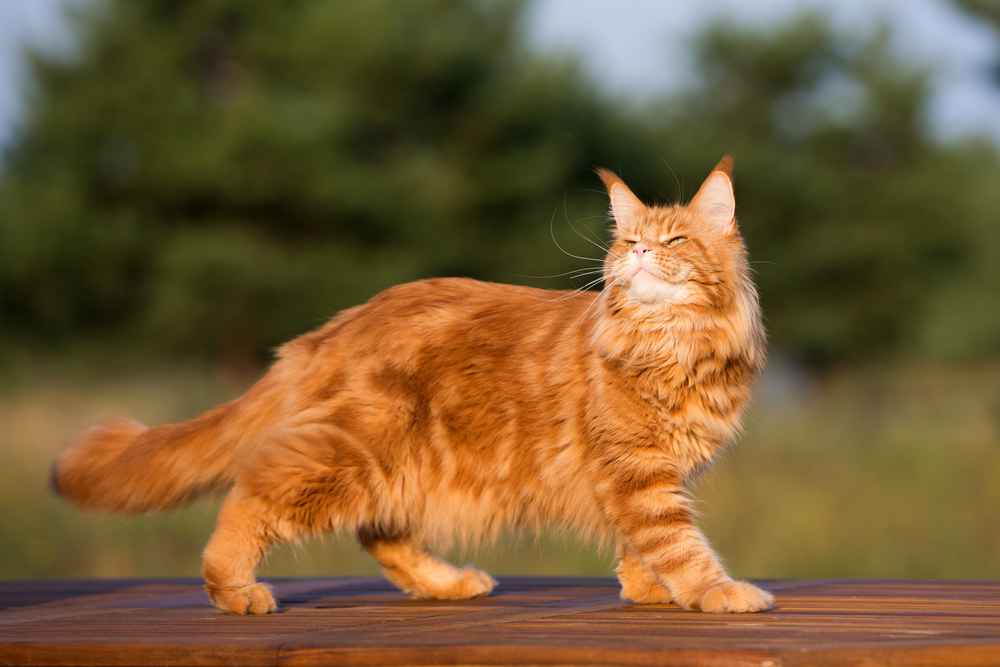 Involuntary Muscle Trembling in Cats
Tremors in Cats
Tremors are involuntary, repetiti
Involuntary Muscle Trembling in Cats
Tremors in Cats
Tremors are involuntary, repetiti
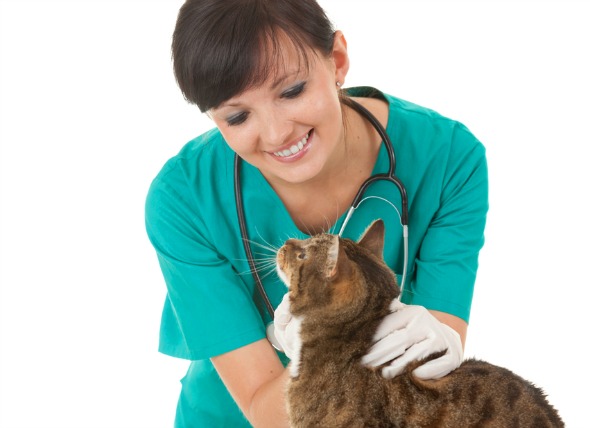 Fatty Tissue Tumor (Benign) in Cats
Infiltrative Lipoma in Cats
Infiltrative lipoma i
Fatty Tissue Tumor (Benign) in Cats
Infiltrative Lipoma in Cats
Infiltrative lipoma i
 Type of Food to Feed Cat With Chronic Bladder Infection
Type of Food to Feed Cat With Chronic Bladder
Type of Food to Feed Cat With Chronic Bladder Infection
Type of Food to Feed Cat With Chronic Bladder
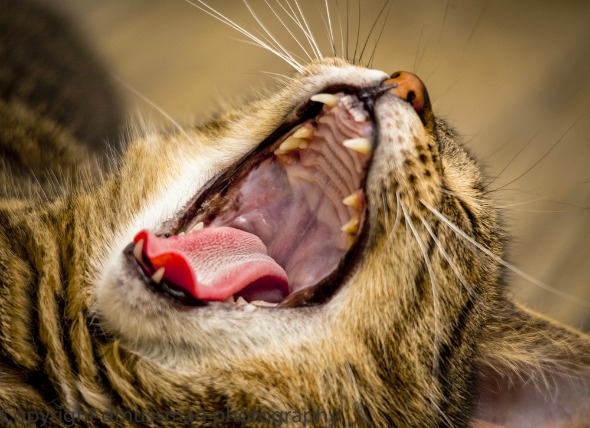 Mouth Ulcers in Cats
Gingivostomatitis and Caudal Stomatitis in Cats
G
Mouth Ulcers in Cats
Gingivostomatitis and Caudal Stomatitis in Cats
G
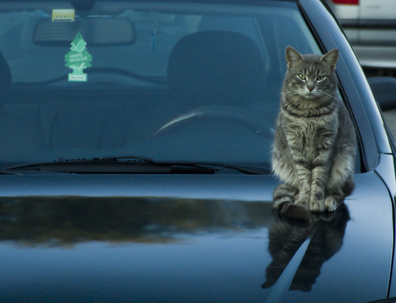 Why Do Cats Spray After Being Neutered?
Why Do Cats Spray After Being Neutered?
Why Do Cats Spray After Being Neutered?
Why Do Cats Spray After Being Neutered?
Copyright © 2005-2016 Pet Information All Rights Reserved
Contact us: www162date@outlook.com